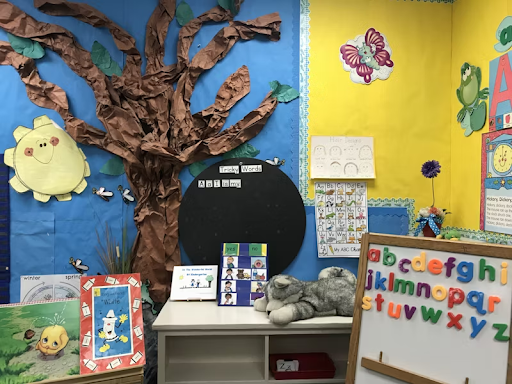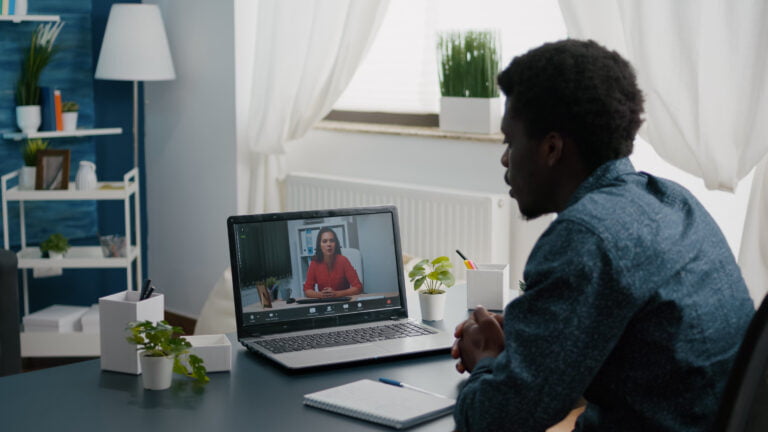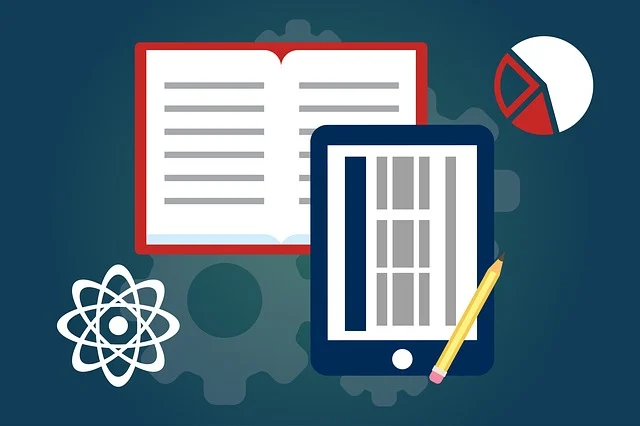How to Create a Structured Classroom that Encourages Learning and Growth

Depending on the school where you work, you could find yourself in charge of thirty or more students in one classroom. When all of these young learners enter the classroom on the first day of school, they will be excited to learn, but each one of them has a different personality and needs. To cater to each student and create a structured classroom that encourages learning and growth, it is important to plan ahead. Follow this checklist to make sure that your classroom is ready for the new school year.
Start with Clear Expectations
Define Classroom Rules
On the first day of school, you should be ready to lay out a clear set of classroom rules that every student needs to follow. A fun way to do this is to type and print them out in fun colors. You can then laminate them and take them up throughout the classroom. This way they will always be visual and if a student is having trouble remembering one of the rules, you can point to it for reference without disrupting the class flow.
Establish Clear Communication
As the students get used to the classroom, make sure to use more visual aids to teach them how to communicate with you and with each other. Posters that highlight different emotions that students can point to will help them develop more emotional awareness while charts that have specific rules about asking questions and speaking to other students will reiterate the expectations you have of your students.
Keep All Spaces Organized
Invest in Quality Storage Containers
A classroom can quickly become a disaster zone, especially if you have active and imaginative students. To keep things in order, you should invest in quality school storage furniture so that everything has a place. If you buy cupboards and cabinets for school supplies, make sure to label everything. This will help students practice their reading comprehension skills as well as make sure that everything is put back where it came from at the end of each activity.
Section Off the Classroom
Make sure that you have created spaces in the classroom that will facilitate learning, even if different groups of students are doing different things. Some examples of classroom sections are reading corners, group work tables, and hands-on activity spaces. This will help your students understand where they need to go at which hour and make the classroom feel more cosy.
Implement a Consistent Daily Routine
Always Have a Schedule on the Board
At the beginning of each day, you should write the schedule by hour on a special section of the whiteboard. This will make sure that your students know where to go all day and establish a routine quickly. Make sure that the schedule on the board is visible to all students and make it known that they can ask questions about the schedule whenever they want.
Make Sure Schedules are Predictable
This is especially important for young learners who are still getting used to being in school all day. Having predictability throughout the day encourages excitement and makes sure that students understand. This is important because confusion can lead to rebellion, which can set off a chain reaction in the classroom. The schedule should also have a mix of different activities, timed out so that the students have time to move around and are not stuck in their seats for several hours in a row.
Make Your Classroom a Safe Community
Encourage Positive Behavior
Respect for the teacher and other students is a very important lesson for each student to understand. From the first day, you should always encourage positive behavior from each student. If there are students who develop issues with each other, open up a conversation so that they can work it out in front of the classroom. This will help the students with the issue to feel better about the situation and teach the rest of the students how to handle conflict. If you witness a student doing something nice for another student, give them positive reinforcement so that they and the rest of the students learn that they will be rewarded for positive behavior.
Foster Inclusivity
Oftentimes a classroom will be full of all kinds of students with different backgrounds. To foster inclusivity, create lessons about different cultures and encourage students to bring things from their culture to class for show and tell. Take the time to get to know your students individually so that you also learn about them and make them feel included in all activities.

Make Equitable Lesson Plans
Tailor Lessons to Students with Learning Disabilities
Each student learns differently and you will likely have some students in your class who need tailored lessons to help them keep up with the rest of the class. Understanding learning disabilities and taking special courses to learn how to teach students with them as well as working with fellow teachers who specialize in this field will be beneficial for these students.
Use Technology as a Tool
With modern technology, you can use certain tools to help you make different lesson plans for different students. This will save you time so that you can focus on other tasks that need to be done in the classroom. Lesson planning is very time-consuming, so utilizing technology like AI to create lesson plans is a great hack.
Promote Active Engagement
Get Students Out of Their Seats
It is hard to sit at a desk all day long, and it is especially difficult for children. When planning your weekly schedule, try to integrate dance sessions, games, and other activities that will get students out of their seats for a little while. This will re-stimulate their brains and help break up the day.
Plan Outdoor Activities
As a special treat every once in a while, plan an outdoor activity outside of the recess hour. This can be a science experiment day, a field day, or anything else that will get the class outside.
Instill Responsibility
Assign Classroom Roles
Giving students daily or weekly responsibilities like being the line leader or being the person in charge of writing the date on the board each morning will help them feel important. This kind of responsibility is good for their development and growth as they learn that every person has their own responsibilities in life.

Creating a structured classroom that encourages learning and growth takes a lot of planning beforehand, so it is important to have a plan long before the school year begins. Follow these tips to help you have your best school year yet.







